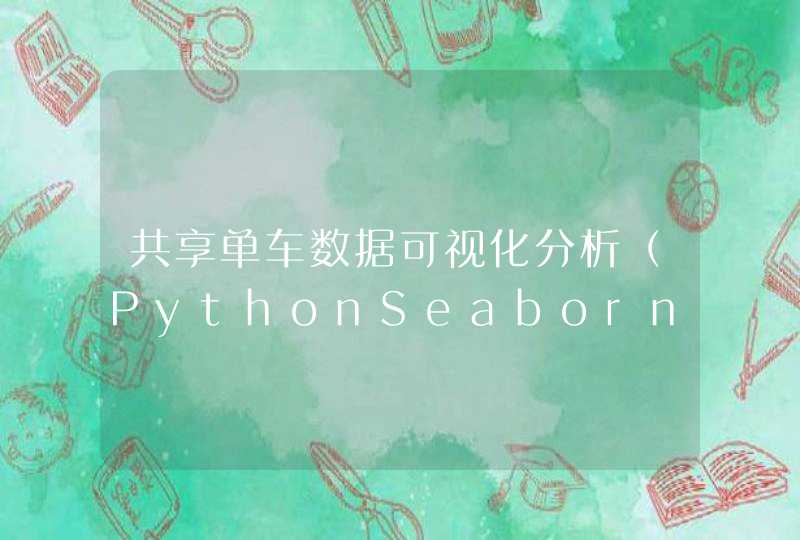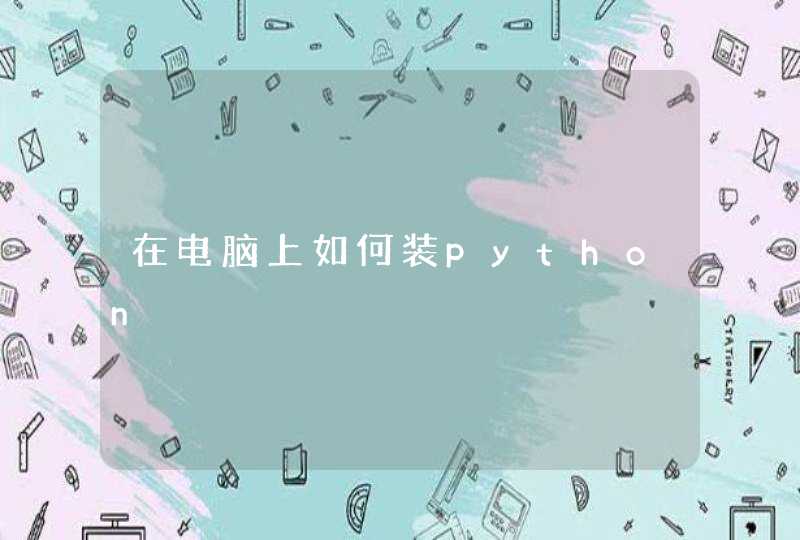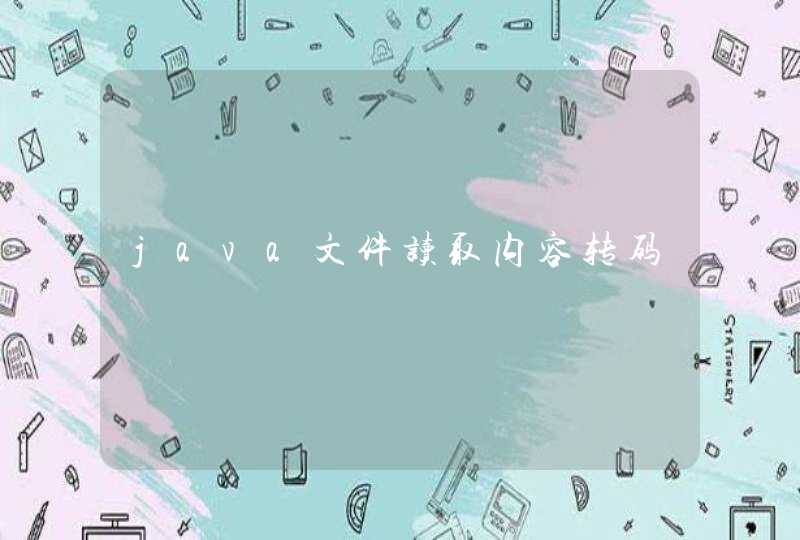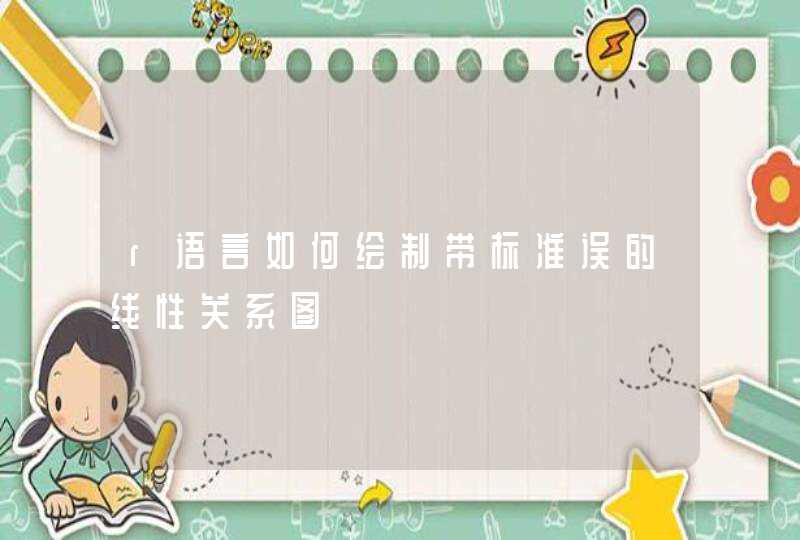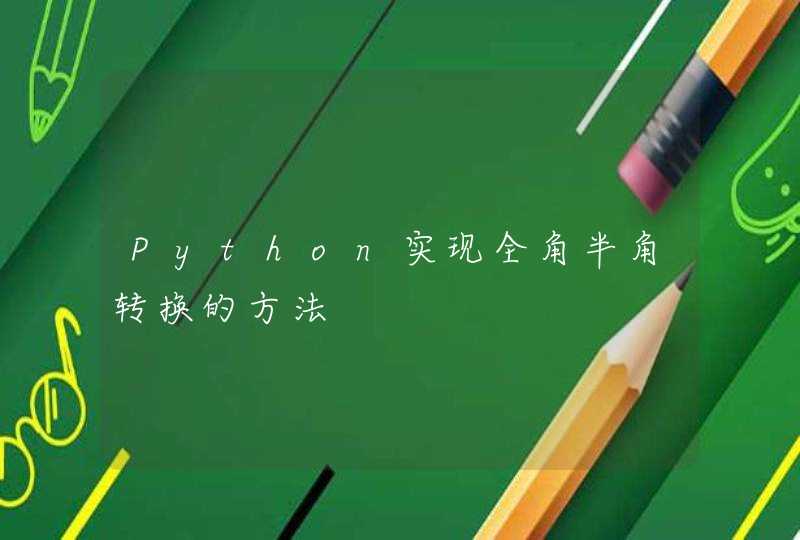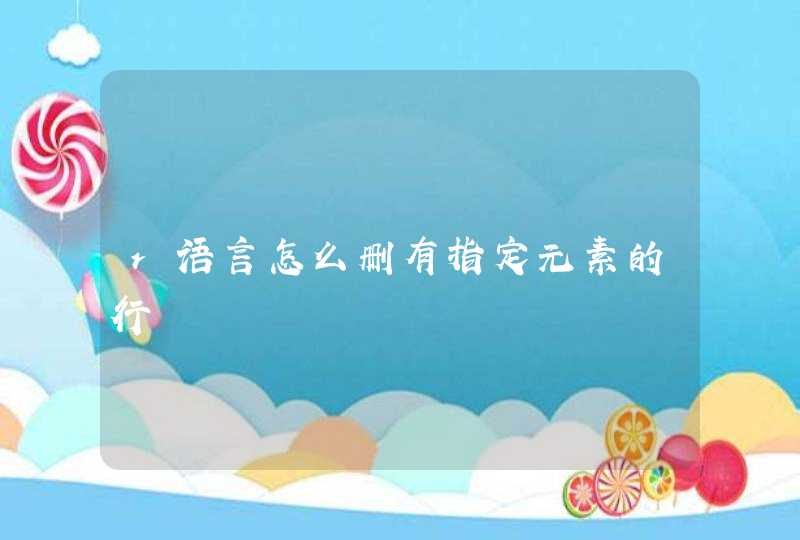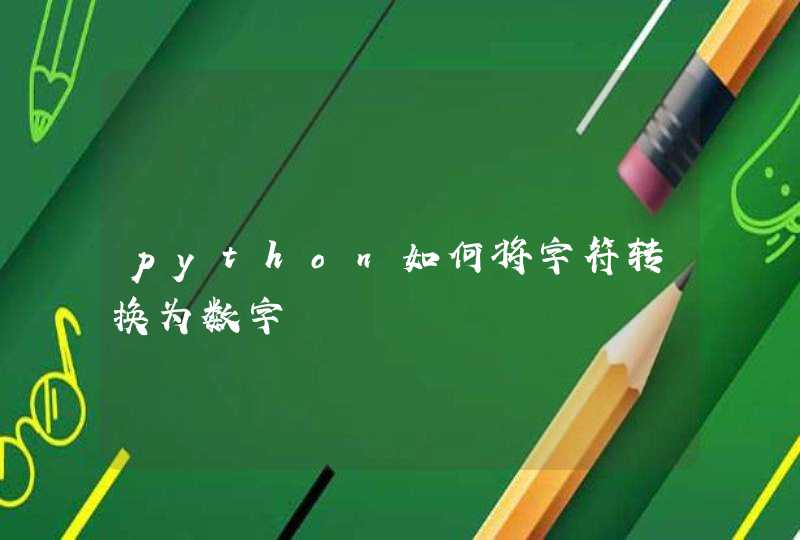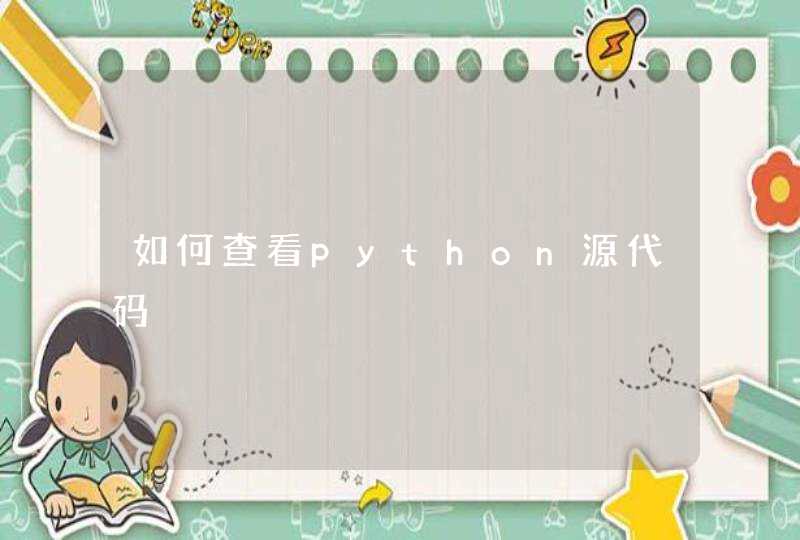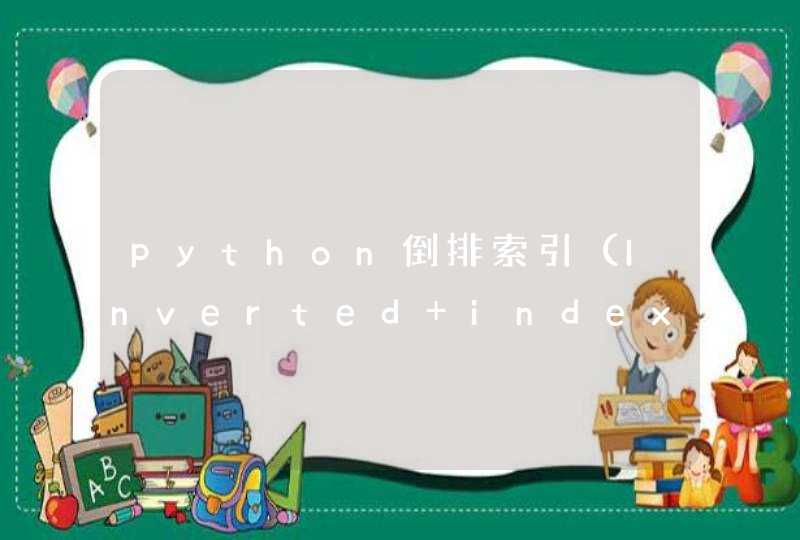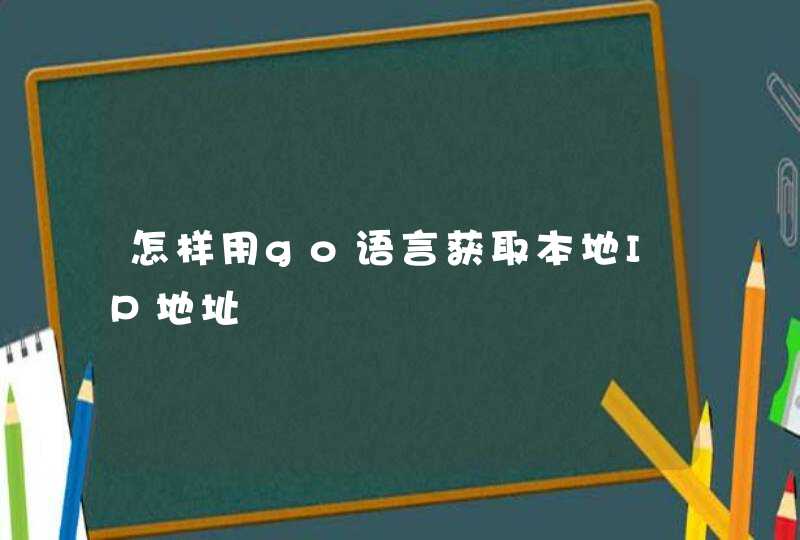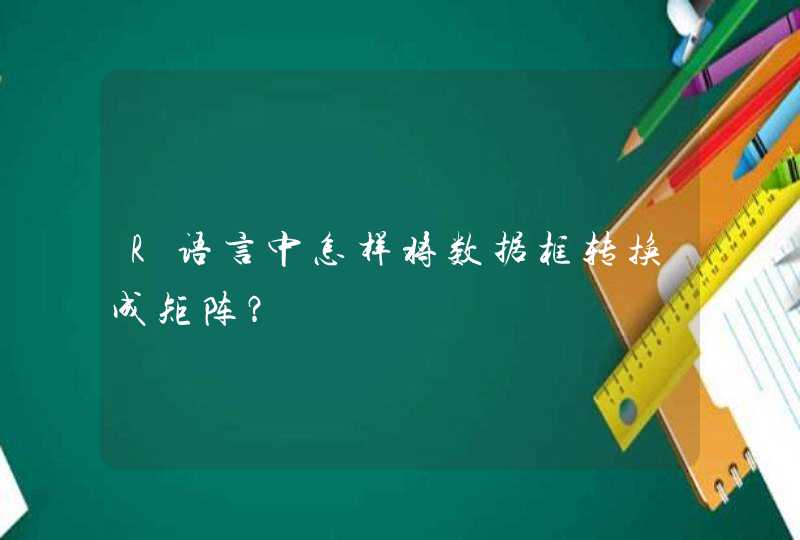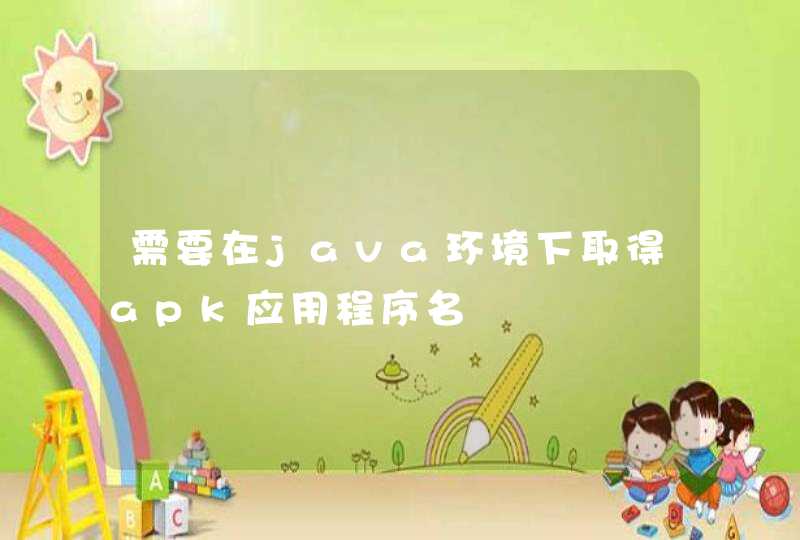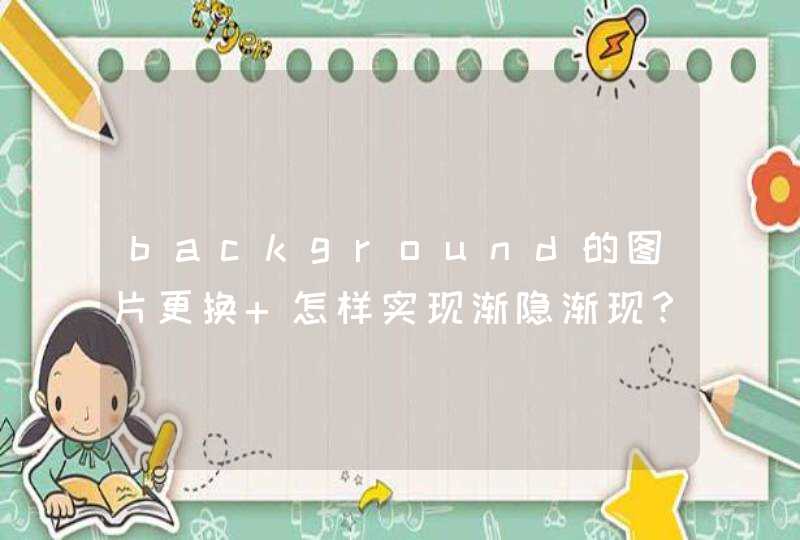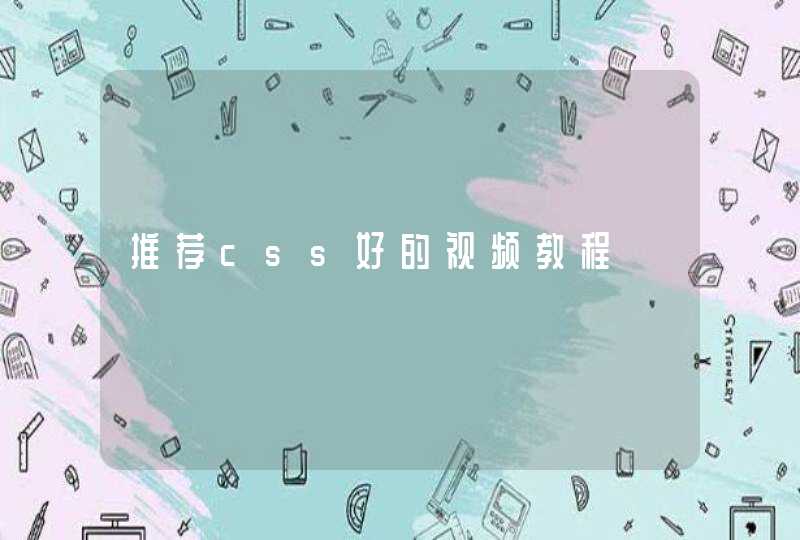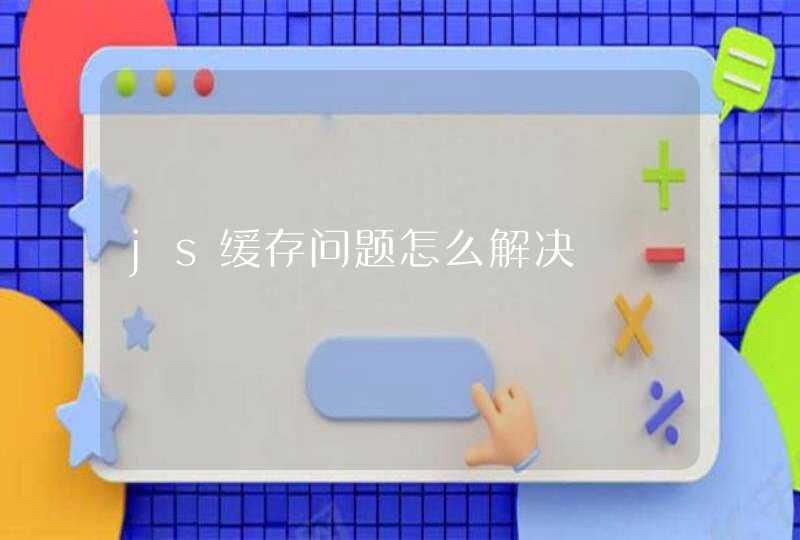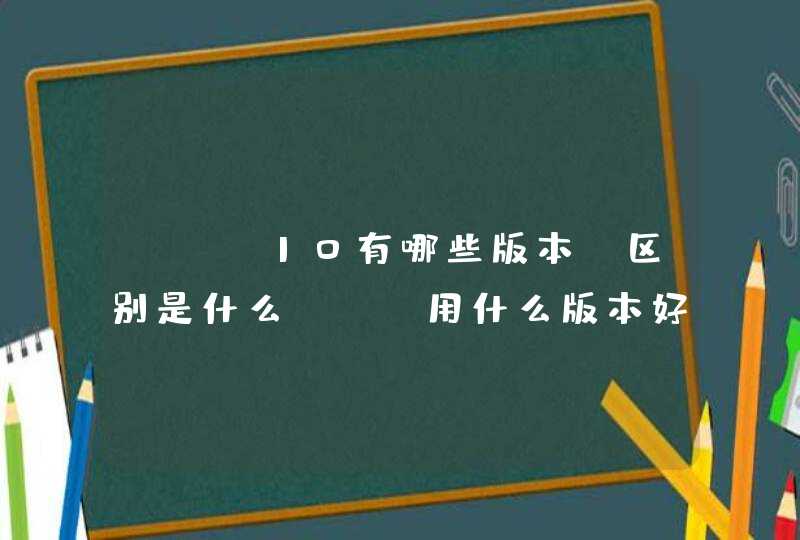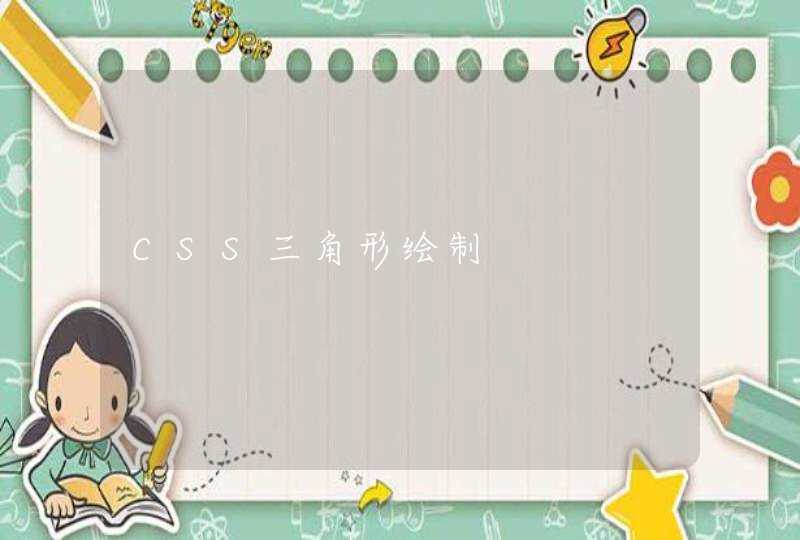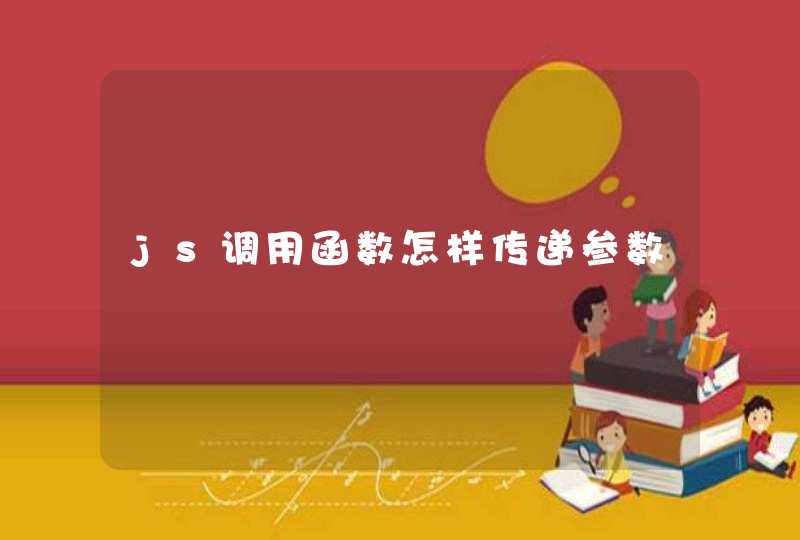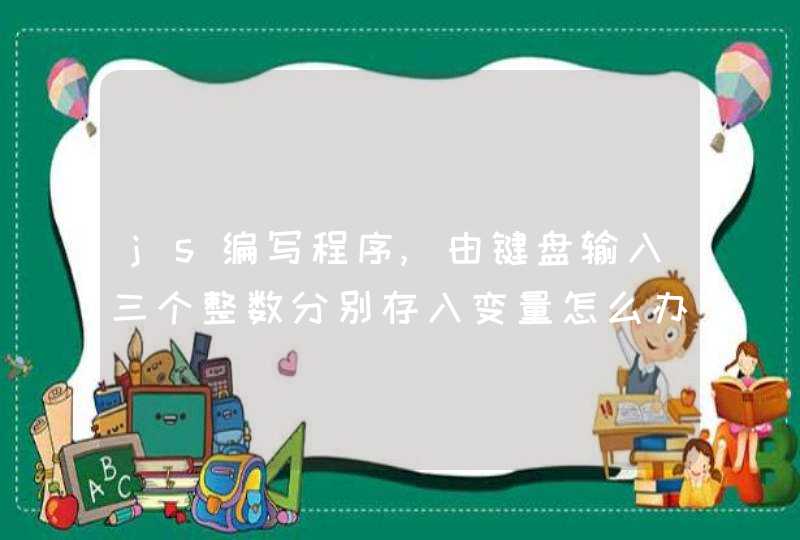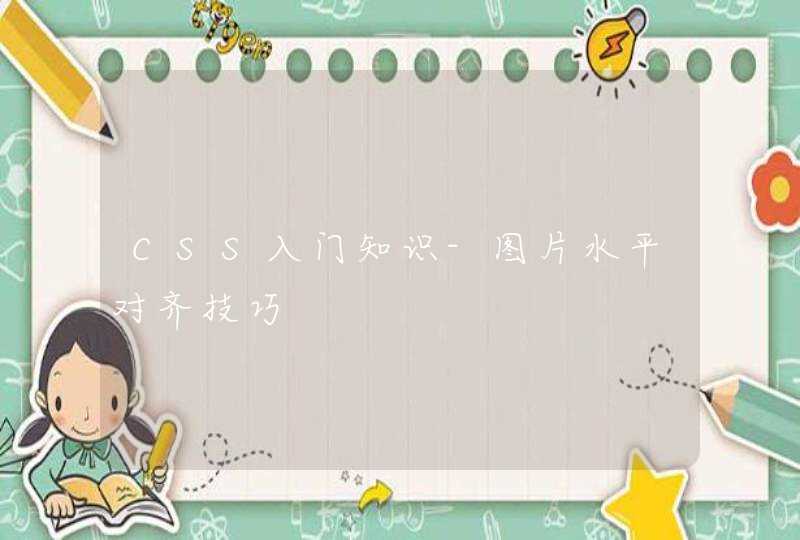
NIO2提供两种主要的文件读取方法:
使用buffer和channel类
使用Path 和 File 类
NIO读取文件有以下三种方式:
1. 旧的NIO方式,使用BufferedReader
import java.io.BufferedReader
import java.io.FileReader
import java.io.IOException
public class WithoutNIOExample
{
public static void main(String[] args)
{
BufferedReader br = null
String sCurrentLine = null
try
{
br = new BufferedReader(
new FileReader("test.txt"))
while ((sCurrentLine = br.readLine()) != null)
{
System.out.println(sCurrentLine)
}
}
catch (IOException e)
{
e.printStackTrace()
}
finally
{
try
{
if (br != null)
br.close()
} catch (IOException ex)
{
ex.printStackTrace()
}
}
}
}
2. 使用buffer读取小文件
import java.io.IOException
import java.io.RandomAccessFile
import java.nio.ByteBuffer
import java.nio.channels.FileChannel
public class ReadFileWithFileSizeBuffer
{
public static void main(String args[])
{
try
{
RandomAccessFile aFile = new RandomAccessFile(
"test.txt","r")
FileChannel inChannel = aFile.getChannel()
long fileSize = inChannel.size()
ByteBuffer buffer = ByteBuffer.allocate((int) fileSize)
inChannel.read(buffer)
buffer.rewind()
buffer.flip()
for (int i = 0i <fileSizei++)
{
System.out.print((char) buffer.get())
}
inChannel.close()
aFile.close()
}
catch (IOException exc)
{
System.out.println(exc)
System.exit(1)
}
}
}
3. 分块读取大文件
import java.io.IOException
import java.io.RandomAccessFile
import java.nio.ByteBuffer
import java.nio.channels.FileChannel
public class ReadFileWithFixedSizeBuffer
{
public static void main(String[] args) throws IOException
{
RandomAccessFile aFile = new RandomAccessFile
("test.txt", "r")
FileChannel inChannel = aFile.getChannel()
ByteBuffer buffer = ByteBuffer.allocate(1024)
while(inChannel.read(buffer) >0)
{
buffer.flip()
for (int i = 0i <buffer.limit()i++)
{
System.out.print((char) buffer.get())
}
buffer.clear()// do something with the data and clear/compact it.
}
inChannel.close()
aFile.close()
}
}
4. 使用MappedByteBuffer读取文件
import java.io.RandomAccessFile
import java.nio.MappedByteBuffer
import java.nio.channels.FileChannel
public class ReadFileWithMappedByteBuffer
{
public static void main(String[] args) throws IOException
{
RandomAccessFile aFile = new RandomAccessFile
("test.txt", "r")
FileChannel inChannel = aFile.getChannel()
MappedByteBuffer buffer = inChannel.map(FileChannel.MapMode.READ_ONLY, 0, inChannel.size())
buffer.load()?
for (int i = 0i <buffer.limit()i++)
{
System.out.print((char) buffer.get())
}
buffer.clear()// do something with the data and clear/compact it.
inChannel.close()
aFile.close()
}
}
Java NIO : 同步非阻塞,服务器实现模式为一个请求一个线程,即客户端发送的连接请求都会注册到多路复用器上,多路复用器轮询到连接有I/O请求时才启动一个线程进行处理。Java AIO(NIO.2) : 异步非阻塞,服务器实现模式为一个有效请求一个线程,客户端的I/O请求都是由OS先完成了再通知服务器应用去启动线程进行处理,
NIO方式适用于连接数目多且连接比较短(轻操作)的架构,比如聊天服务器,并发局限于应用中,编程比较复杂,JDK1.4开始支持。
AIO方式使用于连接数目多且连接比较长(重操作)的架构,比如相册服务器,充分调用OS参与并发操作,编程比较复杂,JDK7开始支持
I/O属于底层操作,需要操作系统支持,并发也需要操作系统的支持,所以性能方面不同操作系统差异会比较明显。另外NIO的非阻塞,需要一直轮询,也是一个比较耗资源的。所以出现AIO



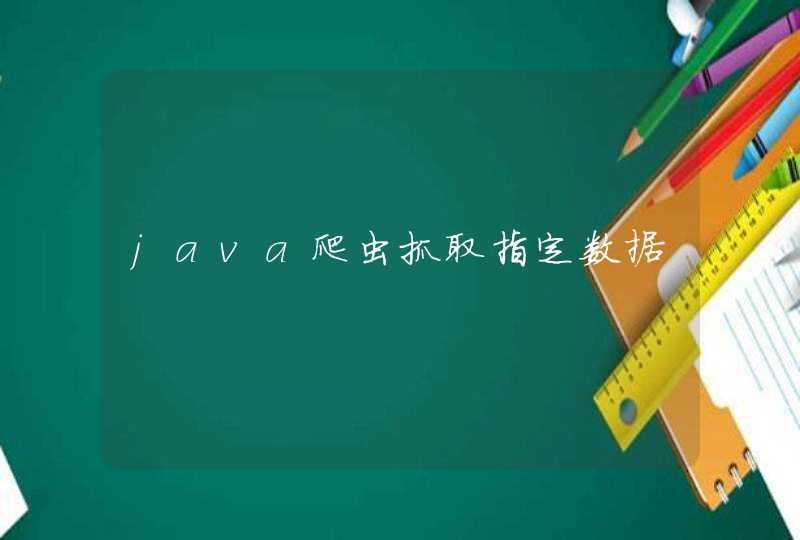

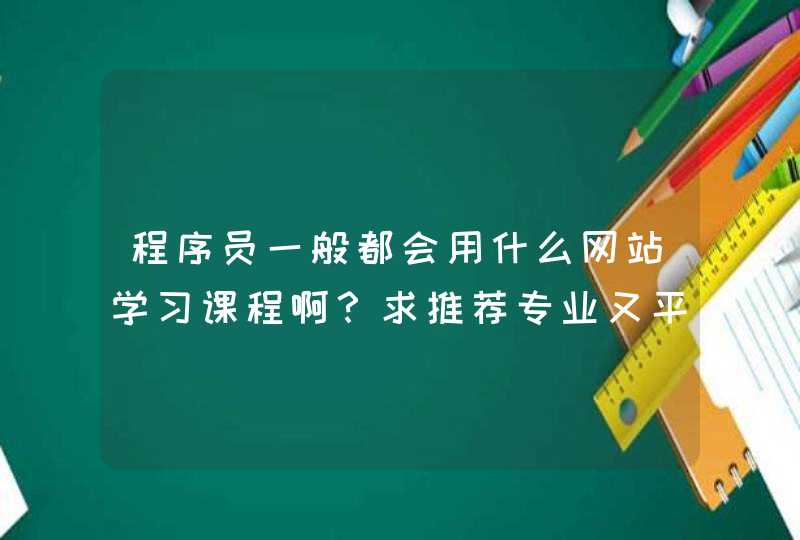


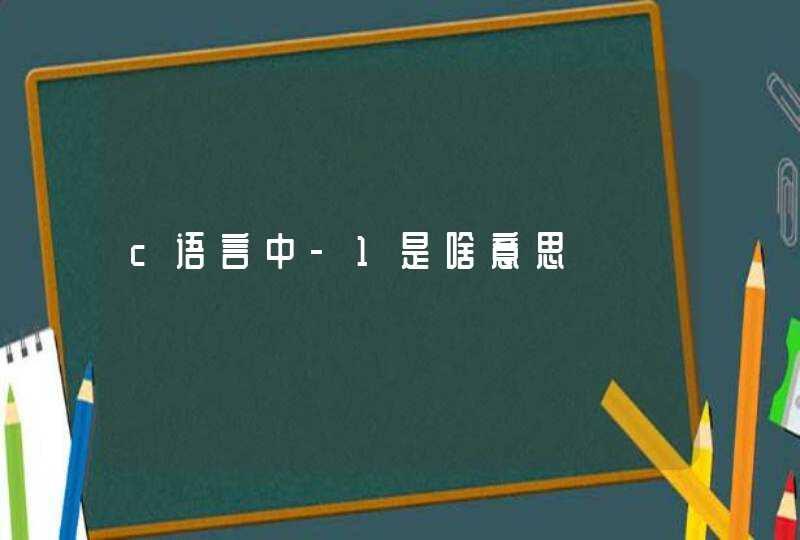
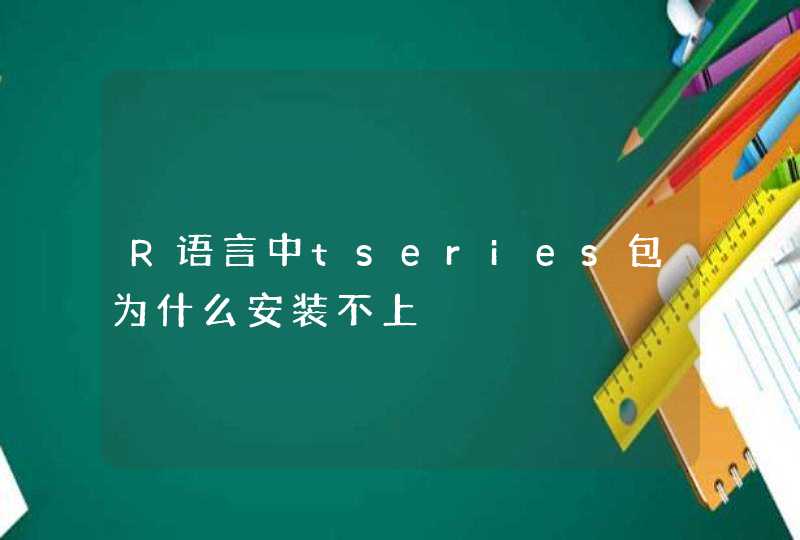
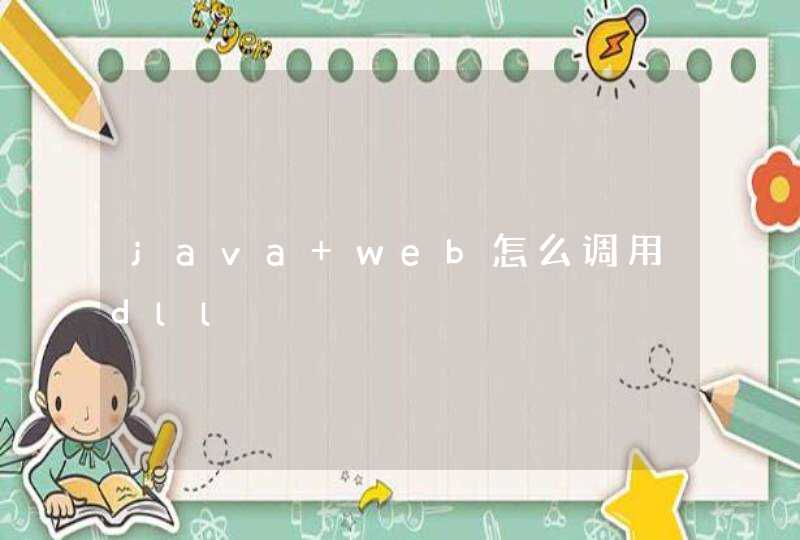

![R语言 > pairs(iris[,1:4]) > pairs(iris[1:4]) 这俩语句画的图一样,,那个逗号是干嘛的??](/aiimages/R%E8%AF%AD%E8%A8%80+%26amp%3Bgt%3B+pairs%28iris%5B%2C1%3A4%5D%29+%26amp%3Bgt%3B+pairs%28iris%5B1%3A4%5D%29+%E8%BF%99%E4%BF%A9%E8%AF%AD%E5%8F%A5%E7%94%BB%E7%9A%84%E5%9B%BE%E4%B8%80%E6%A0%B7%EF%BC%8C%EF%BC%8C%E9%82%A3%E4%B8%AA%E9%80%97%E5%8F%B7%E6%98%AF%E5%B9%B2%E5%98%9B%E7%9A%84%EF%BC%9F%EF%BC%9F.png)
